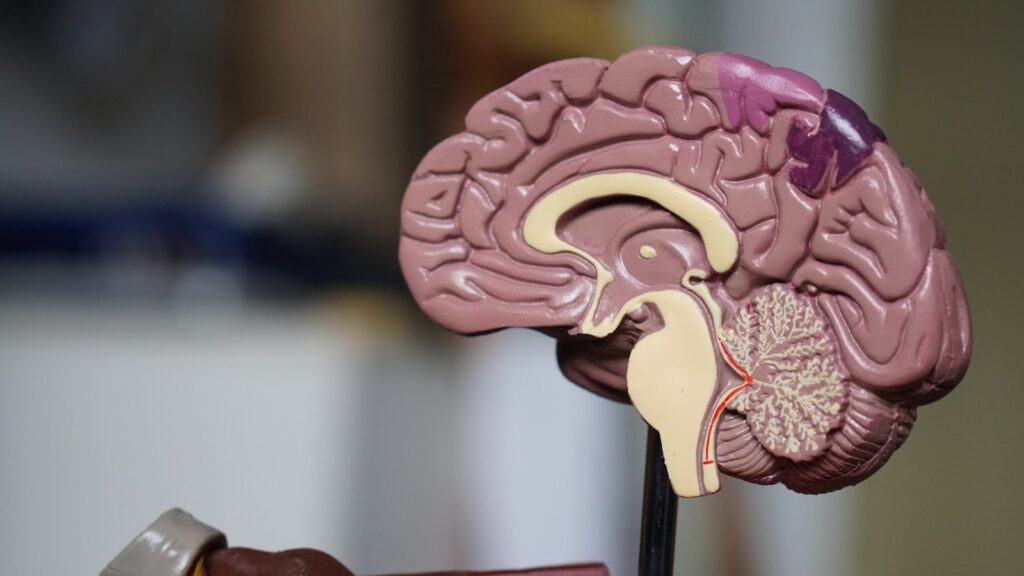
In our quest for better health and a physique we feel good in, it’s easy to get swept up in the promises of rapid transformations. The internet, social media, and even well-meaning friends often parade an endless array of “magic bullet” solutions – diet fads that guarantee quick weight loss and effortless health changes. From celebrity endorsements to tantalizing before-and-after photos, these trendy eating patterns can seem incredibly appealing, offering a seemingly simple answer to the complex challenge of weight management in a world grappling with a global obesity epidemic.
However, as a senior media editor passionate about empowering readers with truly sustainable wellness, I’ve seen countless trends come and go. While the desire to improve health or lose weight is certainly commendable, it’s crucial to approach these popular diets with a critical eye. Many fad diets, though widely accepted by the general population, often lack robust scientific evidence and, more importantly, are designed as temporary fixes rather than pathways to lifelong healthy habits. They frequently involve extreme measures, such as eliminating entire food groups or drastically cutting calories, leading to short-term results that are rarely maintained.
The truth is, genuine health and lasting weight management are about much more than a temporary dietary overhaul. They hinge on balanced nutrition, sustainable practices, and a deep understanding of what truly nourishes our bodies. Today, we’re going to pull back the curtain on some of the most prominent diet fads that have captured our attention, dissecting their claims, understanding their mechanics, and critically evaluating why their allure often fades when confronted with the reality of long-term health. We’ll explore why many of these popular approaches, despite their initial success stories, ultimately prove that some weight loss just isn’t forever.

1. **Atkins Diet**
The Atkins diet, known for its emphasis on low-carb eating, has seen various iterations over the years, with the modern program allowing individuals to choose specific carbohydrate goals ranging from 20 to 100 grams per day. The stricter these carbohydrate goals, the faster the promised weight loss. This approach gained significant traction because it allowed for substantial protein and fat intake, often feeling less restrictive than traditional low-fat diets for many dieters, appealing to those who enjoyed rich, savory foods.
However, despite its fame and popularity, many people find the Atkins diet simply unsustainable in the long run. Leah Reitmayer, RD, a sports dietitian, highlights a fundamental concern: “Carbs are your main energy source. I don’t recommend low-carb because your body needs this macronutrient.” Our bodies are designed to utilize carbohydrates as their primary and most efficient fuel source. Drastically limiting them can lead to fatigue, irritability, and a general lack of energy, making adherence to the diet increasingly difficult over time.
Reitmayer further questions the underlying health premise of such restrictive approaches, asking, “If you’re trying a diet to be healthy, why take out the key nutrients that your body needs to be healthy?” A truly healthy diet, as emphasized by global health organizations, is diversified and balanced, incorporating all macronutrients in appropriate proportions to support bodily functions and prevent nutritional deficiencies. The Atkins diet, by heavily restricting a major food group, often falls short of providing this essential nutritional adequacy, raising concerns about its long-term impact on overall well-being.
Read more about: Hollywood’s Brave Faces: 8 Stars Navigating Rare Conditions with Strength and Openness

2. **Zone Diet**
The Zone diet, famously popularized by figures like Jennifer Aniston, introduces a more structured approach to macronutrient intake, advocating for a specific ratio of 40 percent carbohydrates, 30 percent protein, and 30 percent fat. This emphasis on balancing macronutrients, alongside a focus on whole foods and the inclusion of protein and omega-3 fatty acids for their anti-inflammatory benefits, gives the Zone diet “a bit of merit” (Smolen) according to Alyssa Smolen, RDN. It attempts to regulate insulin levels and control inflammation, aiming for optimal hormonal balance.
While the Zone diet does promote whole foods and a seemingly balanced macronutrient profile, it nonetheless imposes specific restrictions that can challenge long-term adherence. Smolen notes that “the diet still lists certain nutritious foods as are off-limits, such as bananas, raisins, potatoes, and corn.” Furthermore, followers are instructed to consume less than one serving a day of grains and starches. These exclusions, despite some of the forbidden foods being nutrient-dense and healthy, can make the diet feel unnecessarily restrictive and difficult to maintain consistently over extended periods.
The concept of eliminating or severely limiting specific healthy foods, even if well-intentioned, often creates an environment where a diet becomes a temporary challenge rather than a sustainable lifestyle. While the Zone diet aims for hormonal balance, its rigid rules and the exclusion of certain beneficial carbohydrates can make it hard for individuals to integrate into their daily lives without feeling deprived or overly constrained. This rigidity often pushes people into the “dieting cycle” rather than fostering a truly balanced and varied eating pattern for life.
Read more about: Remember Them? 15 Celebrities Who Are Legit Unrecognizable From 10 Years Ago (And Will Make You Say ‘Wait, What?!’)
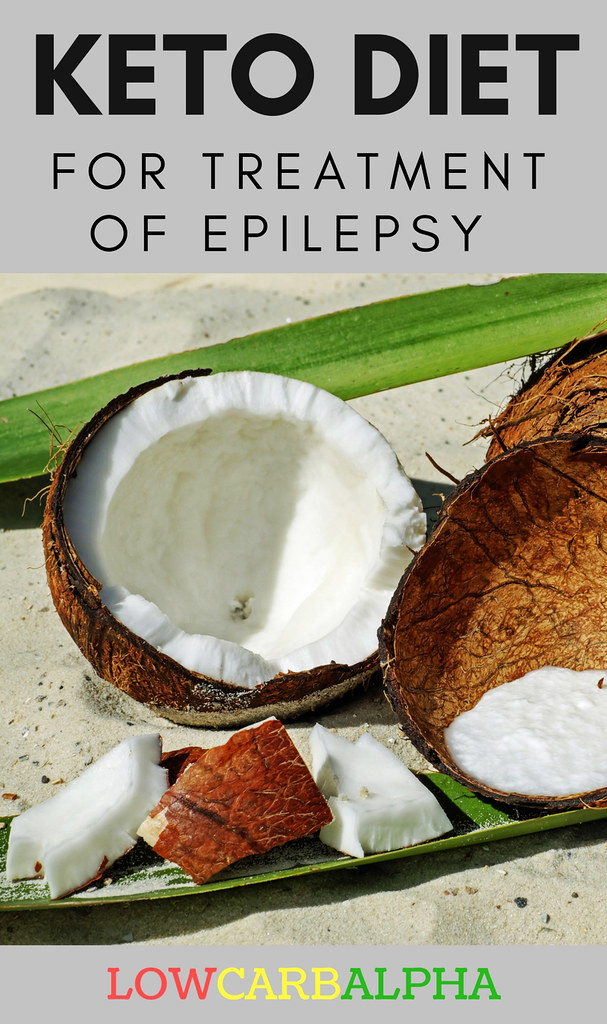
3. **Keto Diet**
The ketogenic, or keto, diet is a high-fat, very low-carb approach that initially emerged in the 1920s as a medical treatment for epilepsy. Remarkably, it experienced a resurgence in popularity a century later, becoming the most Googled diet in the United States in 2020. Its appeal lies in its promise of rapid weight loss by forcing the body into a state of ketosis, where it burns fat for fuel instead of carbohydrates. For many, the idea of eating substantial fats while shedding pounds is incredibly enticing, distinguishing it from traditional low-fat weight loss strategies.
However, this diet comes with significant potential downsides. A major concern, as highlighted by registered dietitian Alyssa Smolen, is that “people may eat a lot of meat and cheese on this diet, which can contribute to an excess intake of saturated fat.” Saturated fats are known to elevate the risk for heart disease, contradicting the broader goals of promoting overall health. The restrictive nature of keto also often means “few fruits and veggies consumed,” which Smolen rightly points out is “counterintuitive to health.” Fruits and vegetables are cornerstones of a healthy diet, providing essential vitamins, minerals, and fiber that are critical for disease prevention and optimal bodily function.
Given its extreme nature, Smolen strongly advises that “If you are going to do keto, Smolen advises doing it under the guidance of a medical team or registered dietitian so that you can ensure you’re building a nutritious diet, following keto correctly, and monitoring your health.” This expert guidance is crucial not only for nutritional adequacy but also for monitoring potential risks like electrolyte imbalances and nutrient deficiencies that can arise from such a drastic shift in eating patterns. Without professional supervision, the keto diet, despite its popularity, can become a risky endeavor rather than a path to sustainable wellness.
Read more about: The Cardiologist’s Unfiltered Take: 9 ‘Worst’ Foods to Eradicate from Your Diet for Heart Health
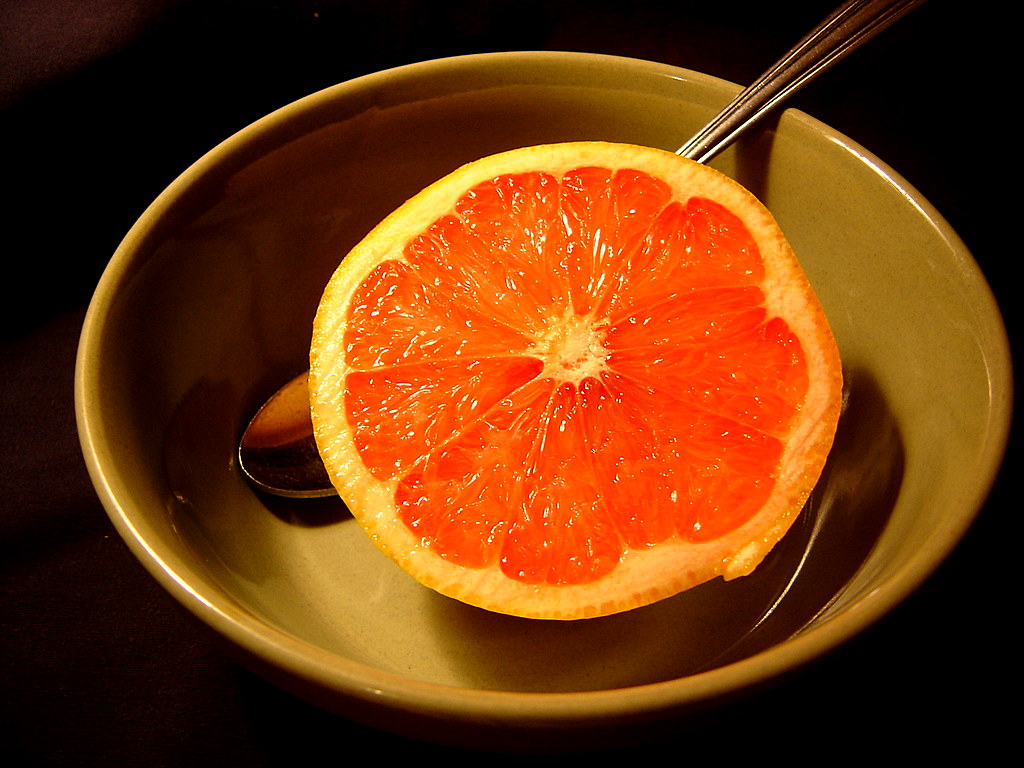
4. **Grapefruit Diet**
The grapefruit diet stands as a classic example of a “one-food-focused” fad diet, where a single ingredient is promoted as having magical weight-loss properties. While the specific food might change—from grapefruit to cabbage soup, boiled eggs, or bone broth—the underlying premise remains the same: consuming large quantities of one particular food to induce rapid weight loss. This type of diet has periodically resurfaced in various forms, always promising a quick fix and often appealing to those looking for a simple, albeit highly restrictive, plan.
However, the fundamental flaw in any one-food-focused diet is its inherent lack of nutritional completeness. Alyssa Smolen, RDN, succinctly states, “No food has everything you need. That’s why dietitians advise eating a variety of fruits, vegetables, protein, and whole grains.” A healthy diet, according to global health recommendations, is diversified and balanced, providing a broad spectrum of macronutrients, vitamins, and minerals essential for proper bodily function and disease prevention. Relying on a single food, no matter how nutritious it might be, invariably leads to significant nutrient deficiencies over time.
Any weight loss experienced on a grapefruit diet, or similar single-food diets, is primarily a result of severe calorie restriction, often falling below 1,000 calories per day. This drastic reduction in energy intake is neither healthy nor sustainable. Dietitians universally recommend skipping these types of diets because they create an unhealthy relationship with food, promote deprivation, and inevitably lead to the yo-yo dieting cycle where weight is regained once normal eating patterns resume. True, lasting weight management comes from a balanced and varied approach, not from an extreme focus on one item.
Read more about: Nourish Your Future: 14 Simple Anti-Inflammatory Foods Doctors Recommend for a Healthier You After 40

5. **Paleo Diet**
The Paleo diet, short for Paleolithic, is predicated on the idea of eating like our hunter-gatherer ancestors. This means a diet primarily composed of lean animal proteins, eggs, fruits, non-starchy vegetables, and unsaturated fats, while notably excluding whole grains, legumes, and dairy. The appeal of the Paleo diet often stems from its “natural” approach, suggesting that by returning to ancestral eating patterns, individuals can avoid the modern diseases associated with processed foods and agricultural staples. It has been associated with significant health claims, including as a potential “cure for heart disease, diabetes, and cancer” (a review).
Despite these ambitious claims, a critical review highlights a significant contradiction within the Paleo philosophy: the exclusion of whole grains. The American Academy of Nutrition and Dietetics points out that whole grains are a food group “that has been connected to lowering the likelihood of those diseases” that the Paleo diet claims to address. This disconnect raises questions about the diet’s scientific foundation and its alignment with established nutritional science, which consistently links whole grain consumption to improved cardiovascular health and reduced risk of chronic diseases.
Furthermore, following a diet that consciously excludes entire food groups, such as grains, legumes, and dairy, can lead to unhealthy obsessive thinking about food, as noted by RDN Alyssa Smolen. Such strict rules can foster a sense of deprivation, making the diet incredibly difficult to maintain in the long term and potentially leading to a detrimental relationship with eating. While embracing whole, unprocessed foods is a commendable goal, unnecessarily eliminating broad categories of nutritious foods can create more problems than it solves, pushing individuals away from a truly balanced and sustainable dietary approach.
Read more about: Unclogging the System: 14 Expert-Backed Drinks for Instant Constipation Relief
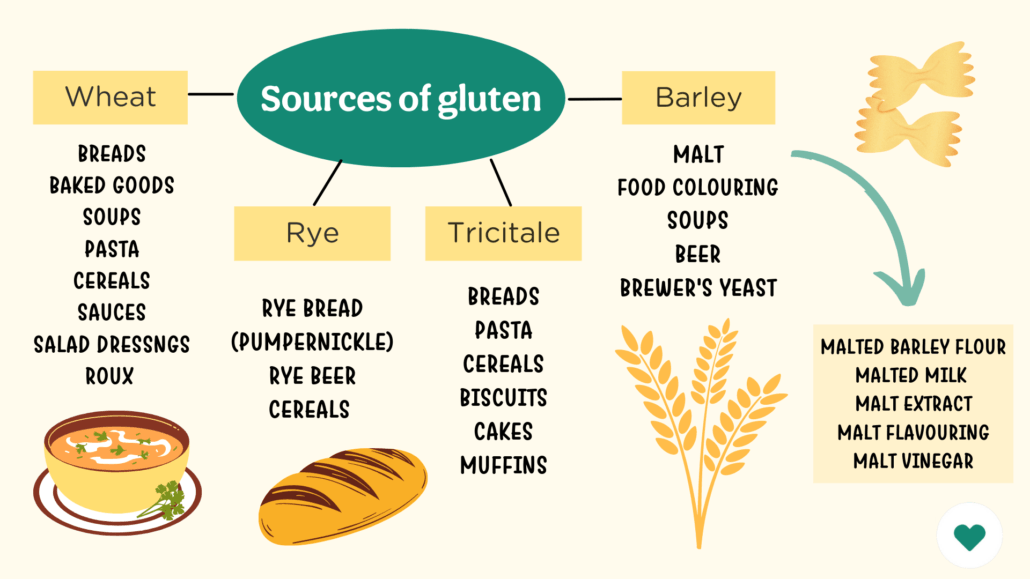
6. **Gluten-Free Diet (as a Fad)**
For individuals diagnosed with celiac disease or a genuine allergy to gluten, a protein found in wheat, barley, and rye, a gluten-free diet is not merely a choice but a medical necessity. For these people, avoiding gluten-containing foods is crucial for their health and well-being. However, over the past decade, the gluten-free diet transcended its medical origins and became a significant fad, embraced by many without a diagnosed medical need. This surge in popularity was partly fueled by celebrity advocates like Gwyneth Paltrow, creating a widespread perception that gluten-free meant inherently healthier or a pathway to weight loss.
At its peak, surveys revealed that many adults believed gluten-free foods were healthier, with over a quarter of purchasers specifically buying them for weight loss purposes. This belief, however, lacks scientific backing. According to the Harvard T.H. Chan School of Public Health, “there’s simply no evidence that gluten-free diets in general promote weight loss.” In fact, many commercially available gluten-free products are often higher in calories, sugar, and unhealthy fats to compensate for the lack of gluten and improve palatability, potentially undermining weight loss efforts and overall nutritional quality for those without a medical need.
Adopting a gluten-free diet without proper guidance can also inadvertently lead to nutrient deficiencies. Whole grains, which are excellent sources of fiber, B vitamins, and various minerals, are often replaced by refined gluten-free alternatives that lack the same nutritional punch. For those without celiac disease or gluten sensitivity, cutting out gluten unnecessarily restricts food choices and can make eating a balanced diet more challenging, leading to an unbalanced intake rather than promoting a holistic approach to health. It underscores the importance of evidence-based dietary decisions rather than following trends driven by celebrity influence.

7. **Master Cleanse**
The Master Cleanse, often referred to as the Lemonade Diet, is a prime example of a liquid-only detoxification fad. This diet famously involves consuming nothing but a concoction of water, lemon juice, maple syrup, and cayenne pepper for a period, typically 10 days. Its notoriety surged when celebrities, such as Beyoncé, reportedly used it for rapid weight loss, with claims of shedding 20 pounds in two weeks. The appeal of such a cleanse lies in its promise of quick results and a perceived “detoxification” of the body, offering a seemingly reset button for one’s health.
However, the purported benefits of liquid or juice diets, particularly for detoxing and sustainable weight loss, are largely unfounded. The Mayo Clinic points out that “juice fasts don’t provide enough nutrients,” which is a critical concern for any diet, especially one extending over several days. The human body requires a diverse range of macronutrients (proteins, fats, carbohydrates) and micronutrients (vitamins, minerals) that simply cannot be adequately supplied by a sweetened lemon-water mixture. This severe nutritional inadequacy can lead to fatigue, muscle loss, and other adverse health effects.
Furthermore, any weight loss achieved on the Master Cleanse is almost exclusively due to extreme calorie restriction and water loss, not actual fat burning, and is “likely temporary when you go back to eating solid food.” The concept of “detoxing” is also largely a myth, as our bodies are equipped with highly efficient organs—specifically the liver and kidneys—that naturally detoxify the body on an ongoing basis. Relying on a liquid cleanse for detoxification not only proves ineffective but also deprives the body of the essential building blocks it needs to perform these natural functions effectively, proving it to be a temporary and potentially harmful quick fix.
We’ve already explored several prominent diet fads, revealing why their quick-fix promises rarely lead to lasting results. As our journey continues, it’s clear that true wellness demands sustainable practices and balanced nutrition, not fleeting trends. Let’s delve into more popular diets that often prove some weight loss just isn’t forever.
Read more about: Where Did They Go? Unearthing the Vanished Echoes in Toni Morrison’s ‘Beloved’ – An Enduring Literary Journey

8. **Whole30**
The Whole30 program, launched in 2009, is a 30-day elimination diet with strict rules. Any deviation requires a full restart. It prioritizes meat, seafood, eggs, vegetables, fruits, and healthy fats, prohibiting added sugars, alcohol, grains, legumes, and dairy. Its appeal lies in the rigorous challenge and promised “system reset.”
However, Whole30’s temporary and restrictive nature raises doubts about its long-term effectiveness. Despite its popularity, robust scientific backing for specific health benefits or comparative efficacy for weight loss is limited. Without such evidence, a foundation for sustainable eating habits isn’t firmly established.
This “all or nothing” approach can foster an unhealthy relationship with food. The pressure for perfect adherence may lead to feelings of failure or deprivation after 30 days. This fuels the “dieting cycle,” where restriction often leads to overeating and weight regain, hindering lasting health.
Read more about: Beyond the Box: 15 Frozen Food Game-Changers That Taste Better Than Homemade, According to Culinary Experts

9. **Low-Fat Diet**
The low-fat diet dominated nutritional thought for decades, peaking in the 1990s. “Fat-free” or “reduced-fat” products were heavily promoted, driving consumers toward items like fat-free cookies for weight loss. The pervasive belief was that reducing dietary fat was the sole key to shedding pounds.
However, modern health experts now recognize the vital role of healthy fats. Alyssa Smolen, RDN, emphasizes, “In general, to be a healthy person, we need some fat.” Fats are crucial for energy, hormone production, and absorbing essential fat-soluble nutrients. Blanket avoidance overlooks the nuanced importance of different fat types.
A major pitfall was replacing fat with less healthy components, often refined carbohydrates and sugars. “Low-fat” products frequently contained elevated sugar levels, potentially contributing to unhealthy weight gain. A “fat-free” label doesn’t guarantee health. Sustainable weight management prioritizes balanced nutrition, including beneficial unsaturated fats.
Read more about: The 12 Biggest Fat Loss Lies Nutritionists Wish You’d Stop Believing!

10. **Special K Diet**
The Special K diet, popular in the early 2000s, promised individuals to “lose two jean sizes in two weeks.” Its simple premise involved Special K cereal for breakfast and lunch, with a “regular” dinner. Later, other Special K products were incorporated. This low-calorie plan appealed as a quick, short-term weight-loss intervention.
Its perceived simplicity was often touted as a strength. Rifkin notes minimal decision-making and repetitive meals could make it easy initially. However, this lack of variety quickly became a significant drawback. The monotony of eating largely the same foods daily typically leads to boredom, making sustained adherence incredibly difficult.
Critically, the Special K diet inherently lacks adequate nutrition. By restricting intake mainly to one product, it fails to provide the broad spectrum of vitamins, minerals, and macronutrients essential for overall health. Weight loss is mainly due to severe calorie restriction, neither healthy nor sustainable.
Read more about: 10 Dog Breeds and the Secrets to Their Good Health and Long Lives
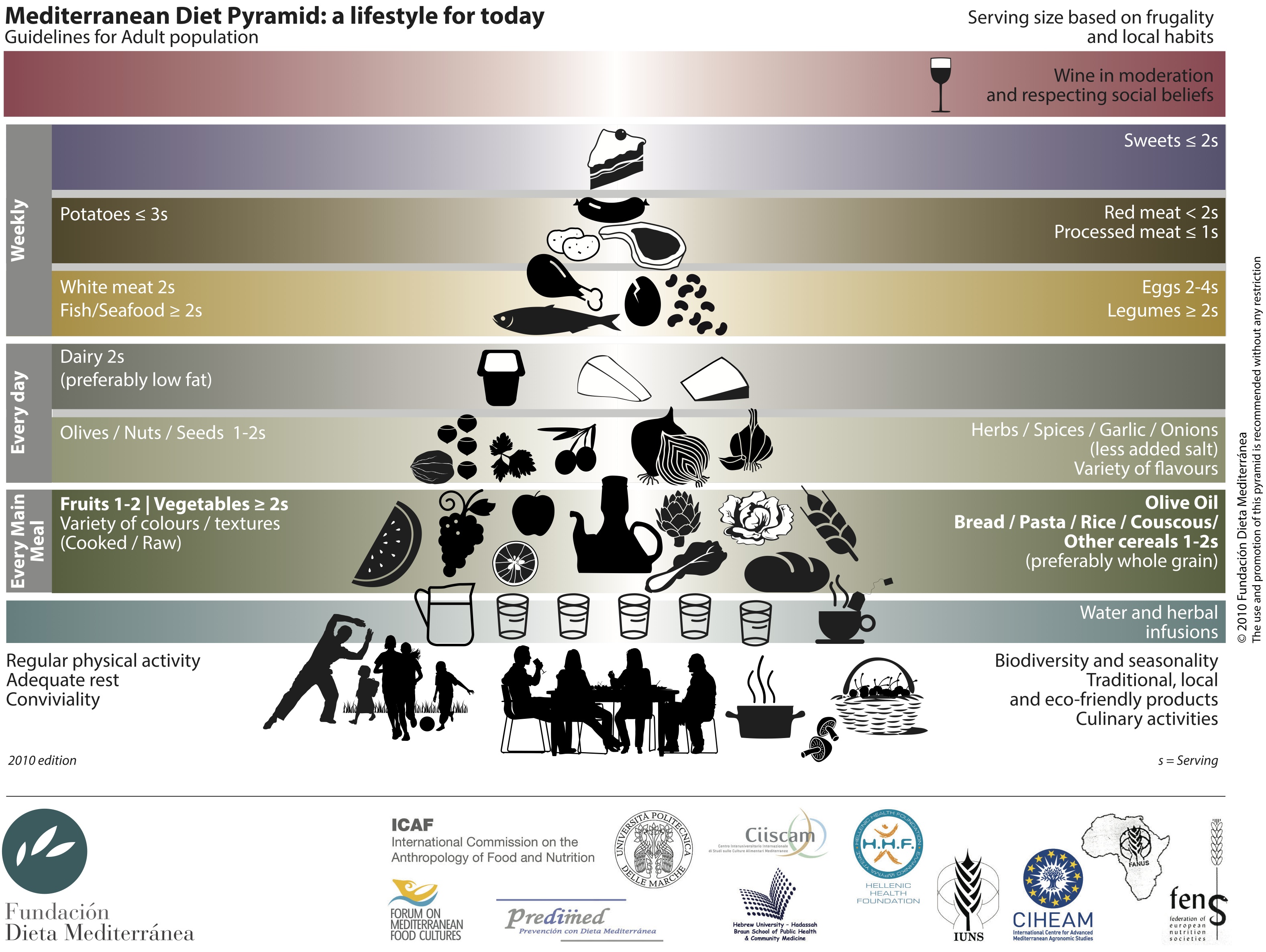
11. **Mediterranean Diet (as a fad)**
The traditional Mediterranean diet is celebrated for its wholesome, diversified eating pattern. It features fruits, vegetables, legumes, nuts, whole grains, and healthy unsaturated fats from fish and olive oil. This approach aligns with sound nutritional science, protecting against chronic diseases.
Yet, even beneficial patterns can become “fad diets” when misinterpreted for rapid weight loss. A “fad” Mediterranean approach might excessively focus on isolated components, like olive oil, neglecting balanced intake of diverse fruits, vegetables, and whole grains. This imbalanced focus distorts the diet’s holistic essence.
When individuals adopt a fad version for extreme calorie restriction, they often overlook sustainability and nutritional adequacy. Such applications lead to dissatisfaction, nutrient deficiencies, and inability to maintain the pattern long-term. A truly healthy diet demands balance and variety, beyond singular focus.

12. **Vegetarian Diet (as a fad)**
A well-planned vegetarian diet can be a remarkably healthy, sustainable choice, rich in plant-based nutrients and fiber. It emphasizes fruits, vegetables, legumes, nuts, and whole grains, recognized for protective health effects. For many, it’s a long-term ethical or health-conscious lifestyle.
However, vegetarianism can be co-opted as a fad for quick weight loss, especially without understanding its complexities. Research indicates “self-reported vegetarianism may be a marker for college women at risk for disordered eating,” linking it to body image concerns. Embraced purely as a “quick fix,” it can undermine true health benefits.
A poorly planned vegetarian diet risks nutrient deficiencies (e.g., iron, B12). Processed vegetarian “junk foods” also mean avoiding meat doesn’t guarantee health. Without diverse whole plant foods, a fad vegetarian approach becomes nutritionally inadequate and unsustainable, failing to deliver lasting benefits.
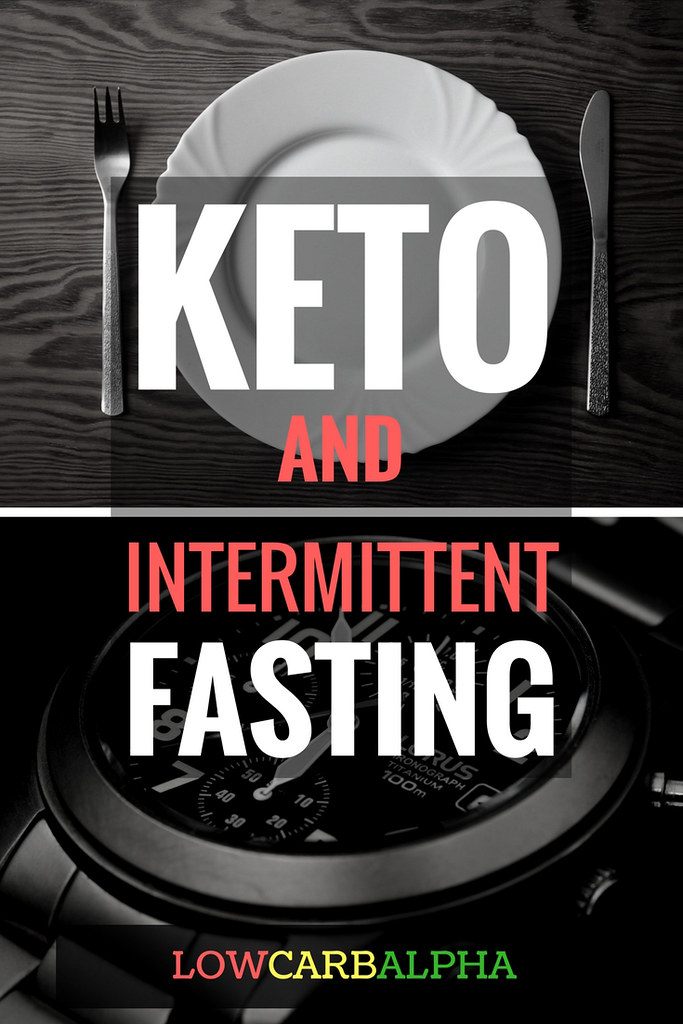
13. **Intermittent Fasting**
Intermittent fasting, cycling between eating and voluntary fasting, has gained considerable attention as a weight-loss strategy. Its appeal stems from promises of simplified eating and boosted metabolism, often adopted as a “quick fix” for rapid results. Methods vary, from daily eating windows to occasional 24-hour fasts.
However, when adopted as a fad, intermittent fasting often presents sustainability challenges and health risks. Fad diets “Promote detoxification, cleansing or fasting” and “severely restrict calories.” Extreme calorie restriction during fasting can lead to fatigue, irritability, and nutrient deficiencies if not carefully managed.
Individuals using intermittent fasting for rapid weight loss may enter the “dieting cycle.” Intense deprivation often leads to overeating or poor food choices during eating windows, negating benefits and causing weight regain. This yo-yo pattern links to “malnutrition, impaired quality of life, bone diseases, anemia, and heart problems.”
Read more about: The Evolving Science of Healthy Eating: A Comprehensive Guide to Dietary Principles and Sustainable Wellness

14. **High-Protein Diets**
High-protein diets frequently surge in popularity, marketed for increased satiety, muscle preservation, and faster fat loss. The principle involves significantly boosting protein intake, sometimes at the expense of carbohydrates or fats. While protein is crucial, fad versions push consumption far beyond nutritional needs.
The inherent danger arises when such diets “forbid or overly encourage one particular macronutrient,” creating imbalance. If high protein means heavy reliance on fatty meats and dairy, it can lead to “an excess intake of saturated fat,” increasing heart disease risk. Replacing essential healthy carbohydrates might mean missing vital fiber, vitamins, and minerals.
Furthermore, the sustainability of extremely high-protein diets is questionable. A constant, singular focus on protein sources can lead to dietary monotony and restriction, fueling the “dieting cycle.” A truly healthy diet is diversified and balanced. Over-reliance on one macronutrient as a “magic bullet” undermines comprehensive nutritional needs.
Read more about: Melissa McCarthy’s Stunning Transformation: An In-Depth Look at Her Two-Decade Wellness Journey That’s Inspiring Millions

15. **Liquid Meal Replacement Diets (General)**
Beyond specific liquid cleanses, a broader category of fad diets uses general liquid meal replacements like commercial shakes or specialized juice programs. These promise convenience and precise calorie control, attracting individuals with effortless weight loss and “detoxification.” This aligns with fad diets that “Promote liquid meal replacements.”
However, a fundamental flaw with most liquid meal replacement diets, when used as a primary nutrition source, is their inability to provide comprehensive nutritional adequacy. As the Mayo Clinic notes, they “don’t provide enough nutrients.” These liquids often lack fiber, diverse micronutrients, and satiety-inducing components found in whole foods, causing fatigue, muscle loss, and deprivation.
Any weight loss is primarily from drastic calorie restriction and temporary water loss, not sustainable fat reduction. Weight is “likely temporary” and regained upon returning to solid foods, initiating the yo-yo dieting cycle. Relying on liquids bypasses essential digestion and satiety, hindering a healthy relationship with food and lasting wellness.
**Conclusion**
As we conclude our deep dive into these prevalent diet fads, a consistent truth emerges: the allure of a quick fix is powerful, but sustainable health and lasting weight management are built on balance, variety, and informed choices. From restrictive rules to misguided interpretations, the common thread is a temporary solution for a long-term challenge. Our bodies thrive on diverse nutrients and consistent nourishment, not extreme eliminations or repetitive, incomplete regimens. True wellness is not found in fleeting promises, but in cultivating an understanding of our nutritional needs and embracing a holistic lifestyle that celebrates real food and joyful movement.



